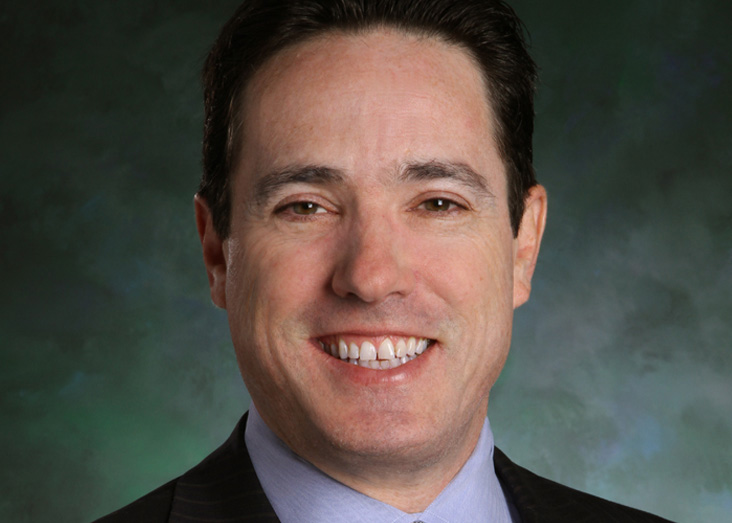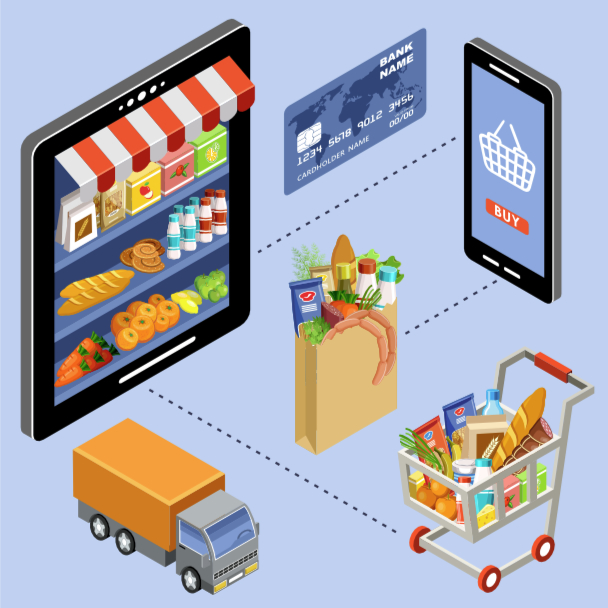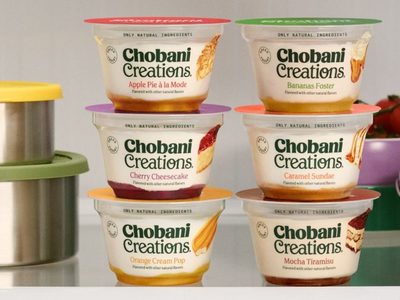CHICAGO — Influencing consumer purchasing behavior is becoming more personal, said Andrew Appel, chief executive officer of Information Resources, Inc. (I.R.I.), the Chicago-based market research company. The shift in marketplace from store-centric programs to people-centric programs is underway, and successful future shopper marketing efforts may soon be defined by the speed with which marketers reach and influence individual consumers.
Mr. Appel spoke to Food Business News ahead of the company’s annual Growth Summit, taking place April 16-18 in Las Vegas.
“It (the shift to personalization) has been a pretty significant change in the past three to five years,” Mr. Appel said. “In the next three to five years the most significant change will be teaching companies to make faster decisions. We’re talking about automated learning, A.I. (artificial intelligence), to help a brand manager, or operations manager, or a sales team to use information and make faster decisions on their own.”

Decision-making speed already is having an impact in the marketplace as smaller manufacturers gain market share from larger competitors.
“I think what differentiates the nimble players from the bigger players is speed and a lack of perfection,” he said. “So, if I was the c.e.o. of a major food company, I would try and focus on the speed of decision-making, speed of action, the alignment of people toward performance, and the simplification of decision making and innovation.”
Mr. Appel added that one issue impeding larger organizations is executives with most big companies spend too much time making decisions and trying to be 90% right.
“Decisions are reversible,” he said. “Now that’s easy to say and hard to do, particularly when you are working for a large organization.”
The challenge facing all manufacturers using data analytics is separating the news from the noise, choosing the right data sets to focus on when assessing market conditions and making decisions.
“It’s noise unless its advancing customers and activating them,” Mr. Appel said.
“It’s noise unless its advancing customers and activating them." — Andrew Appel, I.R.I.
Frequently during the interview Mr. Appel referenced the disruption of the market for consumer-packaged goods. He noted that A.I., e-commerce and the fragmentation of the brick and mortar market are all challenging C.P.G. manufacturers.
“It’s a lot of dimensions,” he said. “In one sense the most disrupted are the ones Amazon can most effectively distribute. These would be high value, low weight, non-perishable products.”
Product categories with the least brand differentiation are at risk of being disrupted by private label, he said.
“This would be reasonable quality food sold at a low cost, like pasta,” he said. “My guess is this is where there is private label penetration. There is a lot of brand loyalty in beer and soda. These feel like less disrupted categories.”
Another challenge facing C.P.G. companies is the fragmentation of retail, at the brick and mortar and e-commerce levels. Companies, larger ones in particular, are trying to deliver a wide range of products to a very fragmented marketplace.
 “My natural DNA is you’ve got to be where the customers are,” Mr. Appel said. “If you are a product company serving consumer needs, I don’t think you can be too limited in the formats and distribution channels you serve.”
“My natural DNA is you’ve got to be where the customers are,” Mr. Appel said. “If you are a product company serving consumer needs, I don’t think you can be too limited in the formats and distribution channels you serve.”
But he added manufacturers need to focus less on the opportunities of the past and more on markets currently growing naturally.
“It’s easier to invest in your base than invest in your future base, whether it is a specific segment geography or channel,” he said. “It requires people to see what pockets of the industry are growing at 6% and which ones are growing at zero. Then it requires people to figure out which ones will be the 6% growers for the next five years.”
An additional change Mr. Appel sees taking place is how the food and beverage supply chain works.
“I think we also need to change the paradigm of partnership and participation,” he said. “One of the lessons of the tech world is your competitor is also your friend. For example, Samsung is the largest source of parts for Apple.
“I think in our industry the dynamic between manufacturers and retailers needs to change. They are skeptical of collaboration. The more we can reinvent how we work in our supply chain the faster we can move.”



